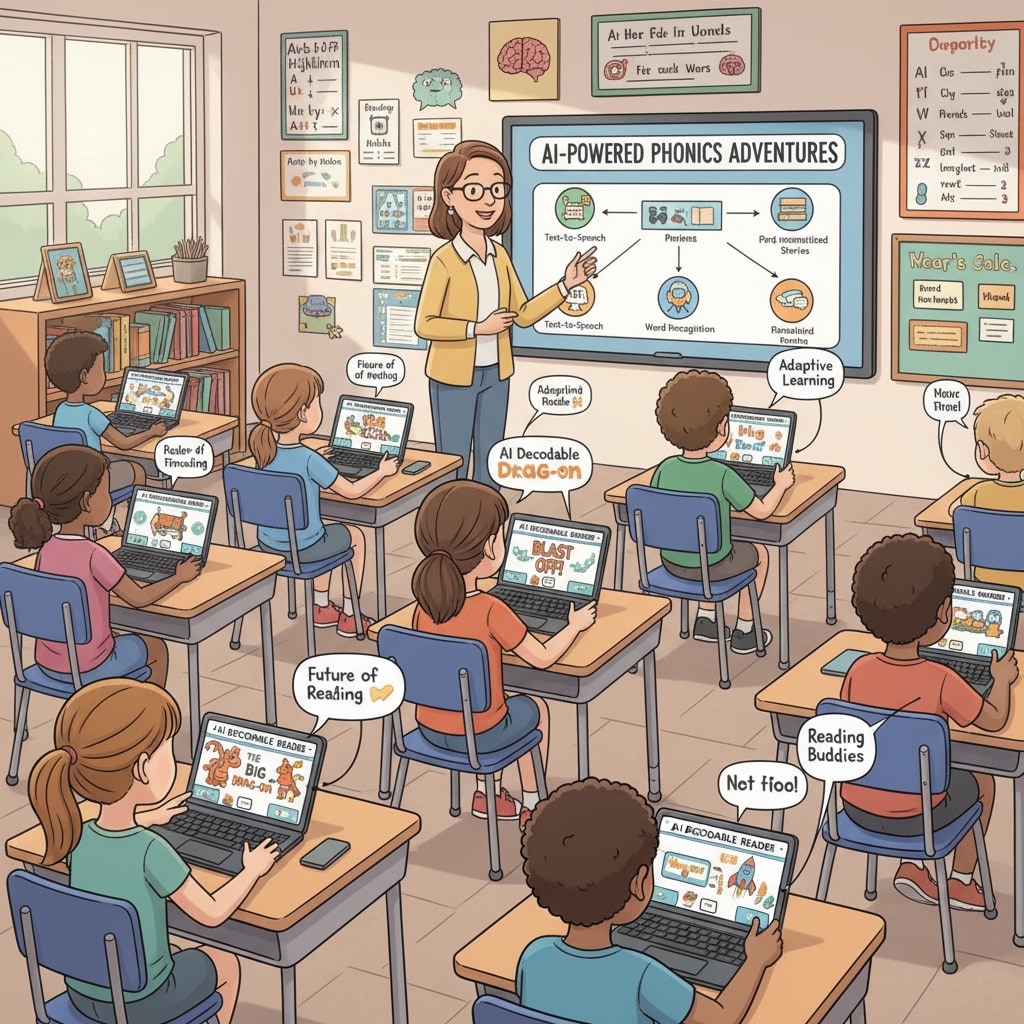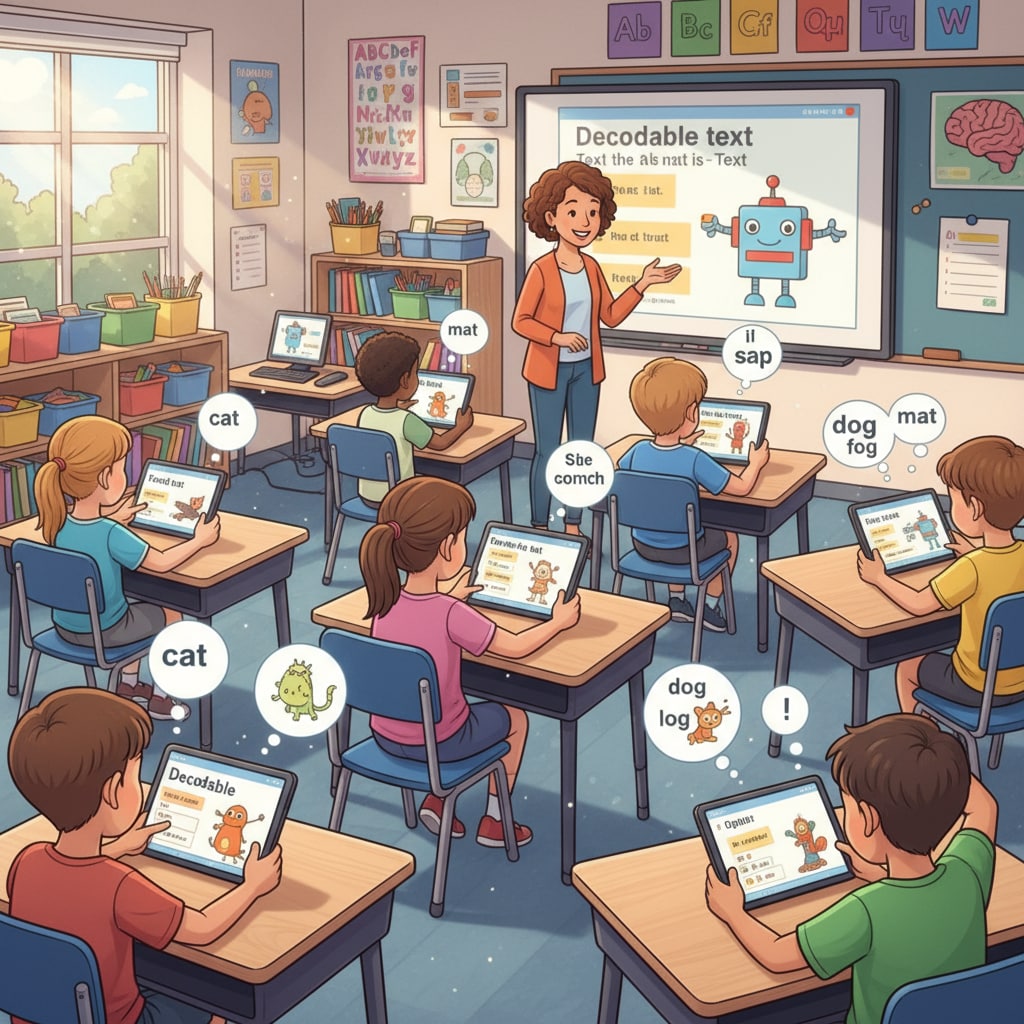AI tools, decodable reading materials, and educational applications are revolutionizing the field of K12 language education. In recent years, the integration of artificial intelligence into education has opened up new possibilities for teaching and learning. One of the most significant developments is the use of AI to generate decodable reading materials, which are designed to help students learn to read by breaking down words into their individual sounds and teaching them to decode those sounds into words.

The Educational Value of AI-Generated Decodable Reading Materials
AI-generated decodable reading materials offer several important educational benefits. Firstly, they provide personalized learning experiences. These materials can be tailored to the specific needs and skill levels of individual students. For example, an AI system can analyze a student’s reading ability, including their phonics knowledge and vocabulary, and then generate reading passages that are appropriate for their current level. This personalized approach helps students build confidence and make progress at their own pace.
In addition, AI-generated decodable reading materials can be highly engaging. They often incorporate multimedia elements such as images, audio, and even interactive features. For instance, a reading passage about animals might include pictures of the animals, sounds they make, and interactive quizzes to test the student’s understanding. This interactivity makes the learning process more fun and motivating for students. How AI is Changing Education on TeachThought

Implementation Challenges of AI in Decodable Reading Materials for K12
While the potential of AI-generated decodable reading materials is vast, there are also some challenges in implementing them in K12 education. One major challenge is the issue of teacher training. Teachers need to be trained on how to use these new materials effectively in the classroom. They need to understand how to interpret the data provided by the AI systems about students’ progress and use that information to guide their teaching.
Another challenge is the cost associated with implementing AI technology. Developing and maintaining AI systems for generating decodable reading materials requires significant resources. Schools may face difficulties in affording the necessary technology and software licenses. Additionally, ensuring equal access to these materials for all students, regardless of their socioeconomic background, is also a concern. The Challenges of Using AI in Education on EdSurge
Looking ahead, the future of AI-generated decodable reading materials in K12 education is promising. As technology continues to advance, we can expect these materials to become even more sophisticated. For example, AI may be able to provide real-time feedback to students as they read, helping them correct their pronunciation and comprehension immediately.
In conclusion, AI tools, decodable reading materials, and educational applications have the potential to transform K12 language education. By leveraging the power of AI, we can create more personalized, engaging, and effective reading materials for students. However, we also need to address the implementation challenges to ensure that these benefits are realized across all educational settings.
Readability guidance: The key points are presented in short paragraphs and lists. Each H2 section has a list-like structure. The proportion of passive voice and long sentences is controlled, and transition words are used throughout the text to enhance coherence.


